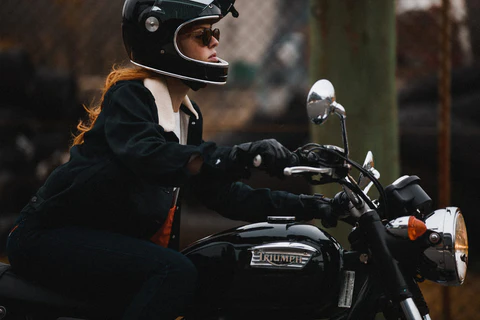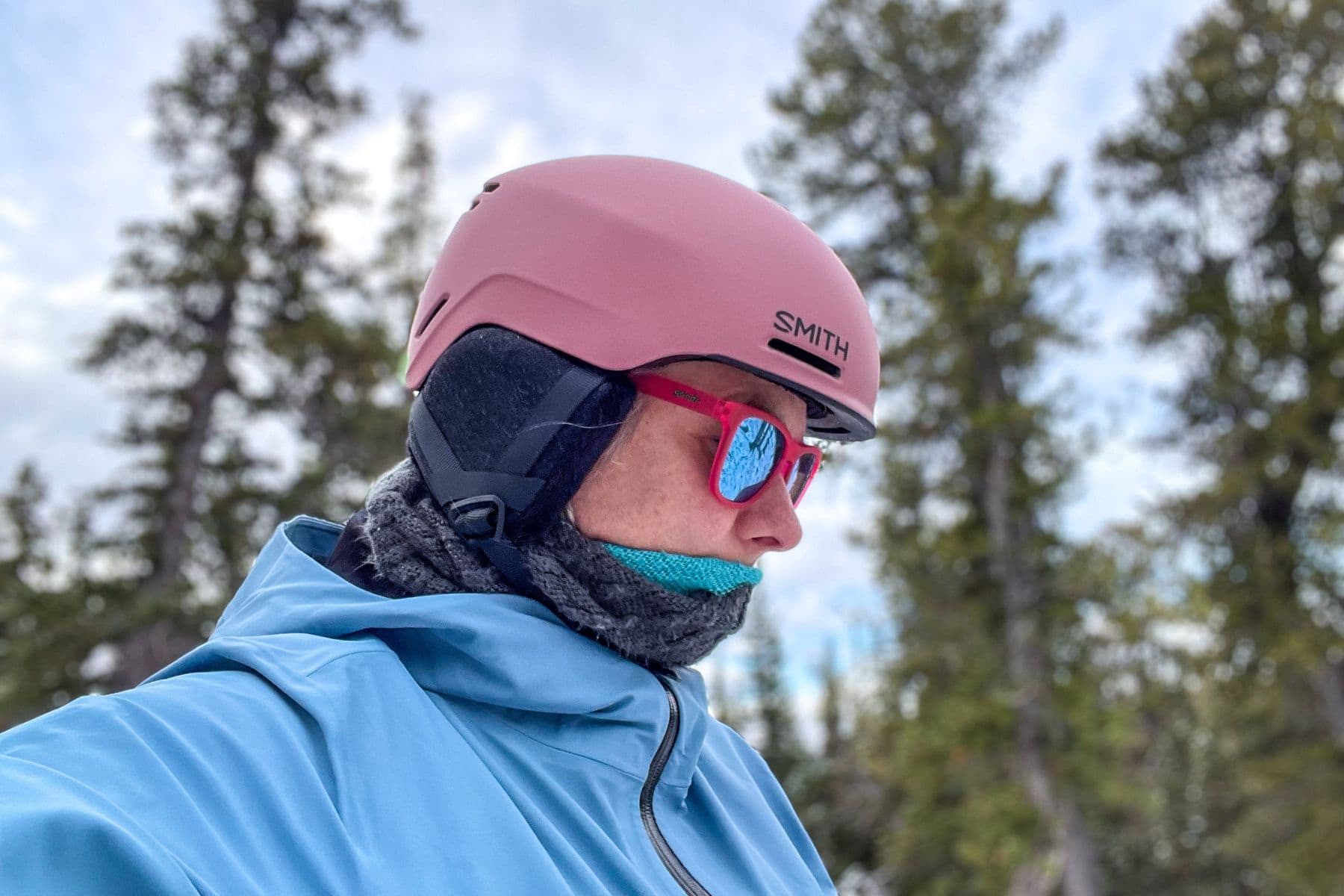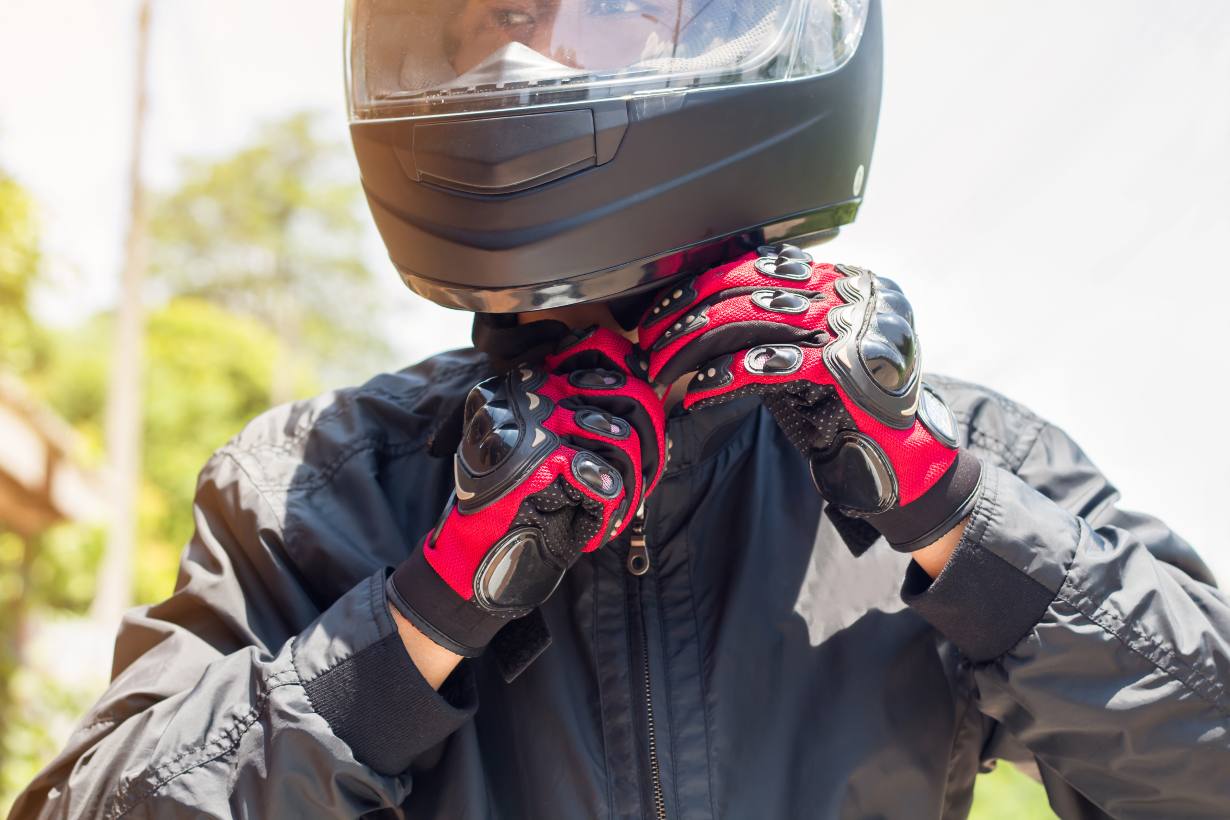Cycling in winter can be a rewarding experience—snow-covered trails, crisp air, and quiet roads make for a unique and peaceful ride. However, the cold brings new challenges, especially when it comes to head protection.
A standard bicycle helmet might not be enough to keep you warm and safe, which is why a winter-specific bicycle helmet is an essential investment for those who want to continue cycling through the colder months.
In this guide, we’ll cover everything you need to know about choosing the best winter bicycle helmet for both warmth and safety.
Why Choose a Winter-Specific Bicycle Helmet?
Winter bicycle helmets are designed with additional insulation, better coverage, and special features that make them ideal for cold-weather rides. Unlike regular helmets, they provide extra warmth and are often compatible with winter accessories like caps and face masks. Here’s why a winter helmet is a smart choice:
- Extra Insulation: Winter helmets are lined or constructed with materials that provide added warmth, keeping the cold from reaching your head.
- Wind Resistance: Many winter helmets have fewer vents or come with vent covers to block out icy wind.
- Moisture Management: Some winter helmets include sweat-wicking liners to keep your head dry and comfortable even during intense rides.
Key Features to Look for in a Winter Bicycle Helmet
When selecting a winter bicycle helmet, several features can make a significant difference in comfort and safety. Here’s what to look for:
- Thermal Insulation
A winter helmet should have an insulated liner to trap heat. Many helmets use materials like fleece or wool liners that add warmth without being bulky. These liners are often removable, so you can adjust for varying temperatures and wash them when needed. - Ventilation Control
Ventilation is crucial for regulating temperature, but in winter, you’ll want more control over airflow. Look for helmets with adjustable or closable vents, allowing you to block out cold air on freezing days and open them up if you start to overheat. - Coverage and Fit
Winter helmets are often designed to cover more of the head, extending slightly lower on the back and sides. This design provides better coverage against cold wind. Additionally, a snug fit is essential to prevent drafts; helmets with adjustable fit systems help you achieve a secure and comfortable fit. - Moisture-Wicking Liners
Sweat can make your head feel colder in winter, so a liner that wicks moisture away is a huge plus. Look for helmets with breathable and moisture-wicking liners to keep your head dry and warm. - Windproof Ear Covers
Some winter helmets come with built-in ear covers to protect against icy winds. If your helmet doesn’t include them, make sure it’s compatible with separate ear covers or a thermal cap that fits comfortably underneath. - Visibility and Reflective Elements
With shorter daylight hours in winter, visibility is crucial. Look for helmets with reflective elements to increase visibility to drivers. Some winter helmets even come with built-in lights to enhance your presence on dark roads. - Goggle or Glasses Compatibility
For those who cycle in snowy or windy conditions, goggle compatibility can be a major advantage. Many winter helmets are designed with a goggle retainer or have a shape that accommodates goggles without causing discomfort.
Types of Winter Bicycle Helmets
Winter helmets come in a few different styles to match the varying needs of cyclists. Here are some common types:
- Commuter Helmets
Commuter helmets for winter typically have a sleek design with fewer vents, extra reflective elements, and sometimes integrated rear lights. These helmets are ideal for city cyclists who need warmth and visibility for early morning or evening rides. - Mountain Bike Helmets
For those who love off-road winter rides, mountain bike helmets offer additional coverage and warmth. They are often compatible with goggles and can have more rugged designs to handle rough conditions. - Full-Face Helmets
Full-face helmets are a good option for cyclists tackling extreme weather or downhill rides. They provide maximum coverage and protection, keeping the entire face and head warm. However, they may be too heavy for regular commuting.
Essential Accessories for Winter Cycling Helmets
In addition to choosing the right helmet, several accessories can improve warmth and comfort when cycling in winter. Here are some helpful add-ons:
- Helmet Liners and Skull Caps
Thin, thermal caps fit easily under most helmets, adding an extra layer of warmth. Look for ones that are breathable and made from materials like merino wool, which insulates even when wet. - Vent Covers or Inserts
If your helmet has many vents, consider using vent covers or inserts to block out cold air. Some brands make vent-blocking inserts specifically for their helmet models, but you can also use tape as a simple DIY solution. - Face Masks and Balaclavas
Protecting your face from the cold is crucial in harsh winter conditions. A balaclava covers the head, neck, and face while fitting comfortably under a helmet. Make sure to choose a breathable fabric to prevent fogging if you wear glasses or goggles. - Helmet-Mounted Lights
A helmet-mounted light can improve visibility, especially in low-light conditions common in winter. Many winter helmets have clips or mounts for attaching lights, making it easy to stay visible on dark roads.
Popular Winter Bicycle Helmet Brands and Models
There are several brands known for their high-quality winter helmets. Here are a few to consider:
- Giro Timberwolf
The Giro Timberwolf is a popular winter helmet with a sleek design, fleece lining, adjustable vents, and ear pads for added warmth. It’s lightweight and offers a good balance of comfort and protection. - Smith Optics Vantage
Originally designed for snow sports, the Smith Vantage works well for winter cycling with its warm liner, adjustable fit, and ventilation control. Its hybrid construction makes it lightweight yet durable, and it’s compatible with goggles. - Bern Watts 2.0
Bern’s winter helmets are known for their stylish design and warm features. The Watts 2.0 model includes a winter liner with ear covers and offers a low-profile design perfect for both urban commuting and casual winter rides. - POC Fornix
POC’s Fornix helmet combines warmth with durability. It features an Aramid bridge construction for extra strength, making it ideal for mountain bikers. It’s compatible with goggles and provides excellent coverage.
Tips for Staying Comfortable and Safe While Cycling in Winter
Here are a few extra tips to help you make the most of your winter cycling experience:
- Layer Up
Wear layers to regulate your body temperature, and don’t forget gloves, warm socks, and a good base layer under your jacket. Having multiple layers makes it easier to adjust if you start to overheat. - Warm Up Before You Ride
Doing a quick warm-up indoors before heading out will help your muscles adjust to the cold, making the ride feel more comfortable from the start. - Be Aware of Ice and Snow
Winter roads can be unpredictable. Be cautious of black ice, and consider using wider tires or studded tires for better traction. - Plan Your Route
Winter rides can be more challenging, so plan a route that avoids particularly icy or poorly maintained roads. Stick to familiar paths where possible. - Stay Hydrated
Even though it’s cold, staying hydrated is essential. Cold weather can mask signs of dehydration, so remember to drink water throughout your ride.
Final Thoughts
Choosing the right winter bicycle helmet can make a huge difference in how comfortable and safe you feel while cycling in colder weather.
With added insulation, ventilation control, and thoughtful features like ear covers and reflective elements, winter helmets are designed to meet the unique needs of cold-weather cyclists.
By selecting a helmet with the right features and pairing it with the appropriate accessories, you’ll be ready to enjoy all the beauty and excitement of winter rides, no matter how chilly it gets. Stay safe, stay warm, and happy cycling!








